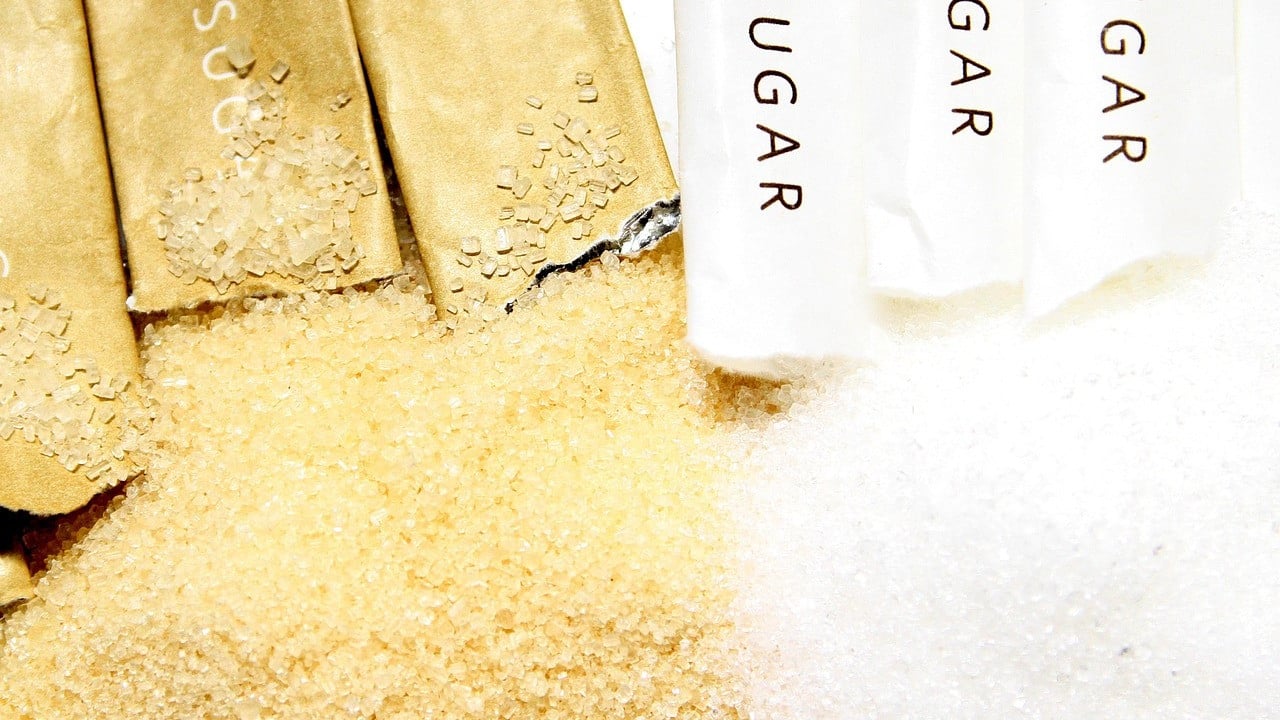Discover the Uses and Benefits of Beet Sugar Vs Cane Sugar in Your Daily Diet Plan
Checking out the distinctive top qualities of beet and cane sugar reveals more than simply their sweetening capacities; it highlights their unique impacts on health and wellness and cooking arts. Beet sugar, recognized for its refined flavor, is typically preferred in fragile treats, whereas cane sugar, with its tip of molasses, adds richness to robust dishes. Each kind holds its own nutritional profile and glycemic implications, welcoming a much deeper understanding of their functions in a well balanced diet regimen and lasting intake techniques.
Beginning and Manufacturing Processes of Beet and Cane Sugar

The distinct environments and dirt kinds needed for expanding sugar beets and sugarcane add to distinctions in their growing practices and geographic circulation, influencing the economics and sustainability of their manufacturing. beet sugar vs cane sugar.
Nutritional Contrast Between Beet Sugar and Cane Sugar
Despite stemming from different plants, beet sugar and cane sugar are nutritionally very comparable, both mostly being composed of sucrose. Each offers concerning 4 calories per gram, equating to roughly 16 calories per tsp. Structurally, both sugars are composed of roughly 99.95% sucrose, with minimal amounts of other compounds like dampness and trace element, which do not substantially alter their nutritional profiles.

Eventually, when picking between beet sugar and cane sugar based upon nutritional material alone, both deal identical benefits and downsides as they are essentially types of the same molecule-- sucrose, giving quick power without various other nutrients.
Effect On Health: Glycemic Index and Caloric Content
Checking out additionally right into the results of beet sugar and cane sugar on wellness, it is essential to consider their glycemic index and caloric material. Both sugars are identified as sucrose, which consists of sugar and fructose. This make-up leads them to have a comparable effect on blood sugar levels. The glycemic index (GI) of both beet and cane sugar is around 65, categorizing them as high-GI foods, which can trigger quick spikes in blood glucose degrees. This is a vital aspect for people handling diabetes mellitus or those attempting to maintain their energy degrees throughout the day.
Each kind of sugar has around 4 calories per this hyperlink gram, making their calorie content matching. For those keeping an eye on calorie consumption, especially when taking care of weight or metabolic health conditions, understanding this equivalence is essential (beet sugar vs cane sugar). Nonetheless, extreme consumption of any high-calorie, high-GI food can contribute to health and wellness issues such as obesity, cardiovascular disease, and insulin resistance.
Environmental and Economic Considerations of Sugar Manufacturing
Beyond wellness influences, the production of beet and cane sugar also increases considerable environmental and economic issues. Sugar beet cultivation often tends to need cooler environments and has a reduced geographical footprint compared to sugar cane, which prospers in exotic regions. Both plants are extensive in terms of water use and land line of work, possibly leading to logging and water deficiency. Economically, the international sugar market is very unstable, influenced by changes in international profession policies and subsidies. Many countries incentivize sugar manufacturing with financial backing, skewing market rates and influencing small-scale farmers adversely.
Additionally, the use of pesticides and fertilizers in both beet and cane sugar cultivation can result in soil deterioration and air pollution, more affecting biodiversity and regional water bodies (beet sugar vs cane sugar). The option between cultivating sugar beet or cane commonly pivots on neighborhood ecological problems and financial Recommended Reading factors, making the sustainability of sugar production an intricate concern
Culinary Applications and Taste Distinctions
While the ecological and economic aspects of sugar production are undoubtedly considerable, the Full Report choice between beet and cane sugar additionally affects culinary applications and flavor accounts. Beet sugar, acquired from the sugar beet plant, is known for its remarkably neutral preference. This makes it a functional component in baking, where it does not alter the taste of other components. It dissolves rapidly and is perfect for use in cakes, cookies, and breads.
Walking stick sugar, drawn out from sugarcane, often keeps molasses traces, which give a distinct splendor and deepness. The slight variant in dampness material in between beet and cane sugar can impact the structure and uniformity of meals, making cane sugar a recommended choice for details dishes that profit from its one-of-a-kind residential properties.

Verdict
To conclude, both beet and cane sugar have unique origins and manufacturing processes, providing similar dietary accounts with minor differences in sodium web content and flavor. While their effect on health, specifically regarding glycemic index and calories, is equivalent, the option between them often steams down to environmental, financial variables, and certain culinary demands. Recognizing these elements can guide customers in making notified choices that line up with their health objectives and flavor preferences.